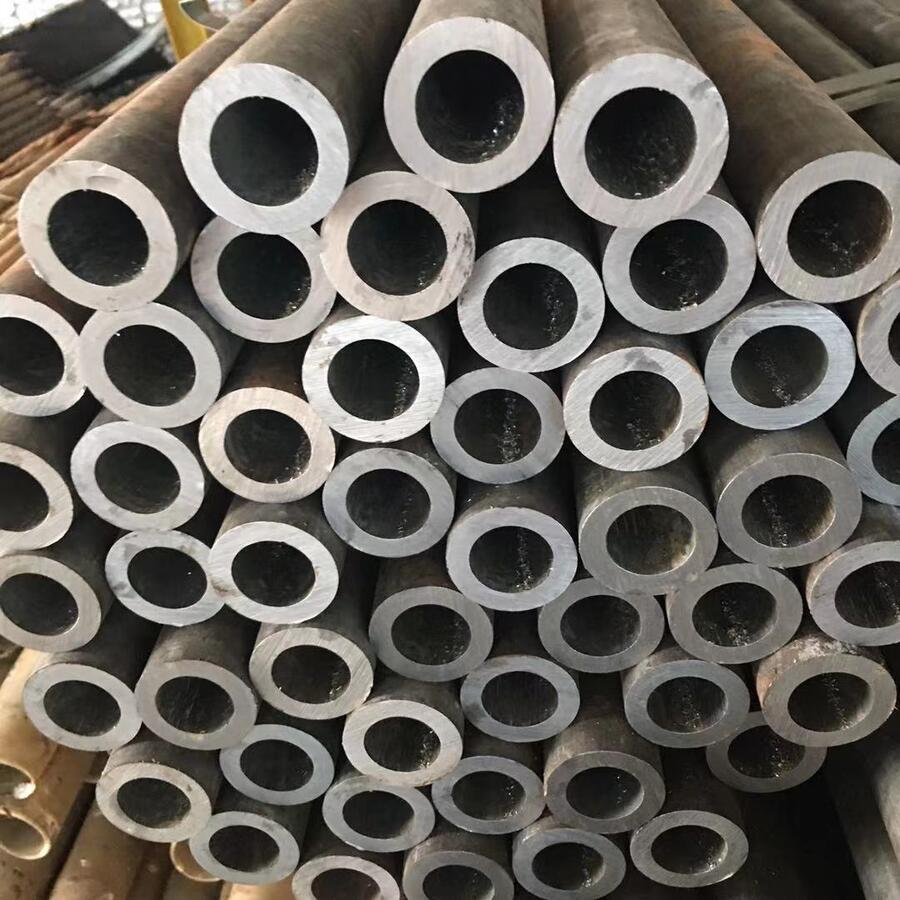The price of steel rolling mill equipment varies significantly based on type, capacity, automation level, and customization requirements. As a cornerstone of metal processing, rolling mills transform raw steel into sheets, bars, or structural shapes through controlled deformation. This article examines pricing determinants, technical parameters, and emerging market trends to guide procurement decisions.
1. Key Factors Affecting Steel Rolling Mill Prices
Understanding the price of steel rolling mill systems requires analysis of multiple variables:
- Mill Type: Hot rolling mills (20-30% cheaper than cold rolling) versus precision cold rolling mills
- Production Capacity: Ranging from 50,000 MT/year mini mills to 5M MT/year integrated plants
- Automation Grade: Basic PLC controls (+$50k) versus AI-powered predictive maintenance systems (+$500k)
- Rolling Speed: 0.3-25 m/s directly impacts throughput and pricing
- Material Compatibility: Carbon steel, stainless steel, or specialty alloys require different roll compositions
According to industry data from HANI TECH’s rolling mill division, a complete hot rolling line for rebar production typically ranges $1.2-4.5 million, while cold rolling mills for precision strips can exceed $10 million.
2. Technical Specifications of Modern Rolling Mills
The table below details critical parameters influencing the price of steel rolling mill equipment:
| Parameter | Hot Rolling Mill | Cold Rolling Mill | Tandem Mill |
|---|---|---|---|
| Maximum Rolling Force (kN) | 15,000-45,000 | 8,000-25,000 | 20,000-60,000 |
| Roll Diameter (mm) | 600-1400 | 400-800 | 500-1200 |
| Rolling Speed (m/s) | 3-25 | 0.3-15 | 5-30 |
| Thickness Tolerance (mm) | ±0.1-0.5 | ±0.01-0.05 | ±0.05-0.2 |
| Width Range (mm) | 600-2500 | 300-2000 | 800-2200 |
| Annual Capacity (MT) | 500,000-5M | 100,000-1M | 1M-3M |
| Power Consumption (kWh/MT) | 40-80 | 80-150 | 60-100 |
| Roll Changing Time (min) | 30-90 | 15-45 | 20-60 |
| Automation Level | Semi-auto | Full-auto | AI-optimized |
| Typical Lifespan (years) | 15-25 | 20-30 | 25-35 |
3. Emerging Technologies Impacting Rolling Mill Costs
Modern mills incorporate advanced features that affect the price of steel rolling mill installations:
- Hydraulic Gap Control (HGC): ±5 micron precision adds $200-400k to system cost
- Model-Based Automation: Real-time thickness control improves yield by 1.5-3%
- Rolling Force Prediction: Neural networks reduce scrap rate by 15-25%
- Industry 4.0 Integration: IoT-enabled condition monitoring increases uptime by 8-12%
HANI TECH’s metallurgical solutions demonstrate how smart sensors and digital twins can optimize rolling schedules, potentially reducing energy consumption by 18-22% in cold rolling applications.
4. Regional Price Variations and Market Trends
The global price of steel rolling mill equipment shows notable regional differences:
- China: $1.1-3.8M for complete hot rolling lines (20-30% below Western prices)
- Europe: Premium automation packages add 15-25% to base equipment costs
- North America: Retrofit projects dominate, with modernization budgets of $2-5M
Recent market analysis indicates 6-8% annual growth in demand for energy-efficient rolling mills, particularly in Southeast Asia and Africa. The shift toward thinner, higher-strength steel products continues to drive investments in precision cold rolling technologies.
5. Cost Optimization Strategies
To maximize ROI when evaluating the price of steel rolling mill systems, consider:
- Modular Design: Allows phased capacity expansion (saves 12-18% on initial CAPEX)
- Hybrid Drives: Regenerative braking recovers 15-20% of acceleration energy
- Roll Maintenance: Proper grinding extends service life by 30-40%
- Waste Heat Recovery: Can reduce furnace fuel consumption by 8-12%
Technical specialists at HANI TECH recommend conducting a thorough lifecycle cost analysis, as operational expenses typically account for 60-75% of total ownership costs over a 20-year period.
Conclusion
The price of steel rolling mill equipment represents a complex equation balancing initial investment with long-term operational efficiency. From basic rebar mills starting at $800k to advanced tandem lines exceeding $15M, buyers must carefully evaluate technical specifications against production requirements. As Industry 4.0 technologies mature, smart rolling mills with predictive maintenance capabilities are becoming the new standard, offering faster ROI despite higher upfront costs.




